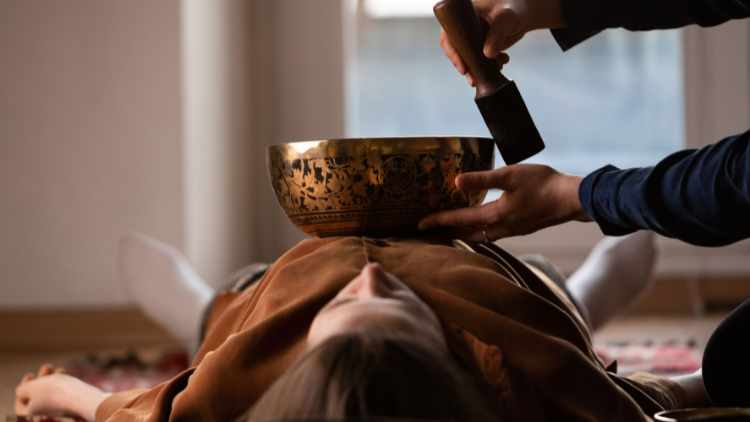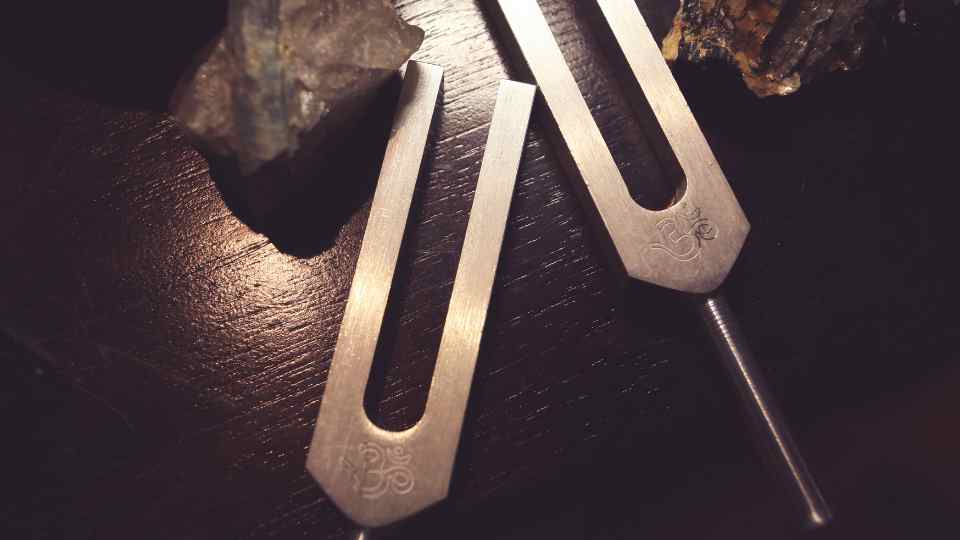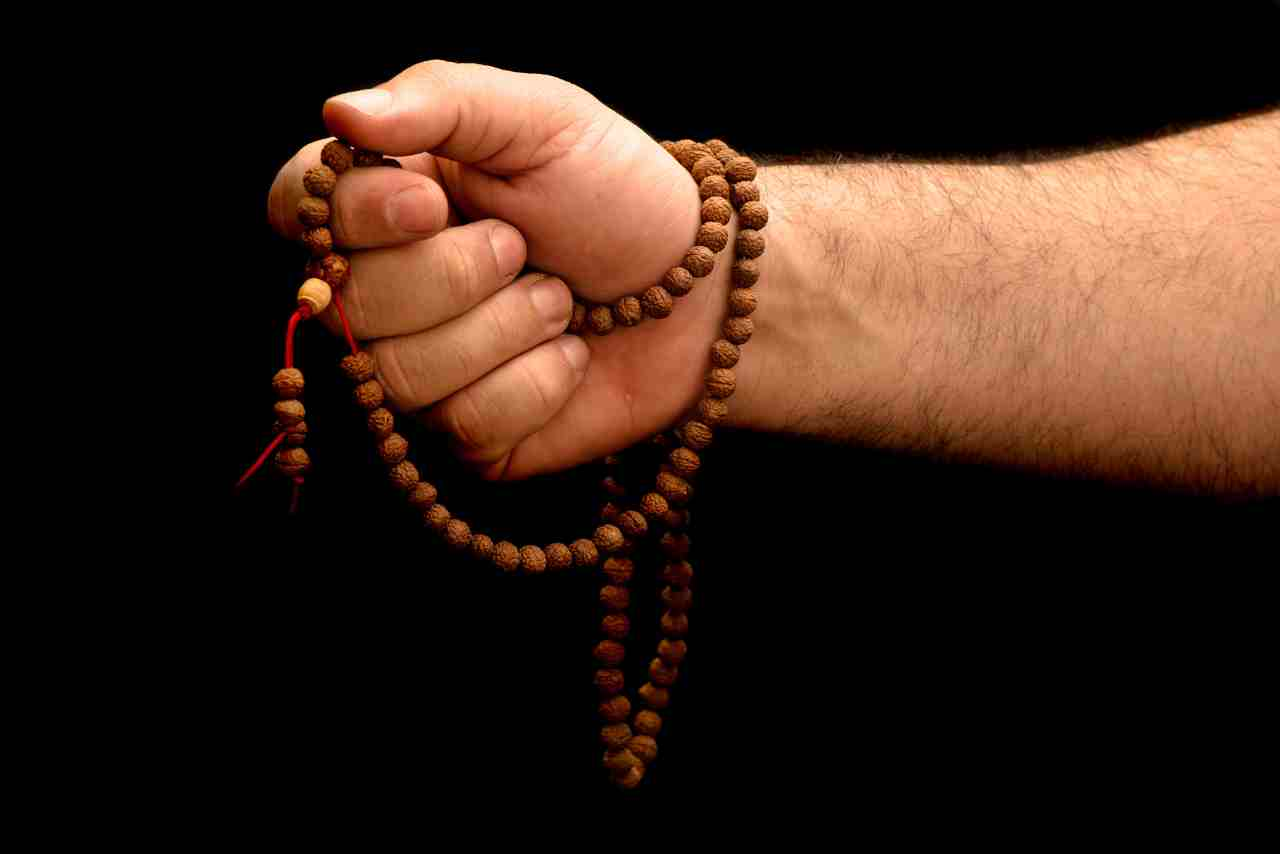Ancient Chants to Modern Music: Evolution of the Solfeggio Scale

Ancient Chants to Modern Music: Evolution of the Solfeggio Scale
Introduction To The Solfeggio Scale
Music is a universal language that transcends geographical, cultural, and temporal boundaries. It has the power to express what words cannot, speaking directly to the heart and soul. The study of music, however, is as much scientific as it is artistic. It involves understanding scales, modes, rhythms, and harmonies, among other things.
The Solfeggio Scale, a fascinating musical concept that dates back centuries, is one such key component of this comprehensive study. This article aims to delve into the origins, evolution, importance, and practical applications of the Solfeggio Scale.
The Solfeggio Scale, otherwise referred to as "Solfege," is a music education method used to teach pitch and sight singing. The method uses a system of musical notation based on syllables. It originated from a medieval hymn addressed to John the Baptist, where the first syllable of each line in Latin formed the basic scale. The original Solfeggio Scale included six notes: Ut, Re, Mi, Fa, Sol, and La. "Ut" was later replaced by "Do" for comfort of pronunciation. An additional note, "Si" (later changed to "Ti" in English speaking countries), was also included to complete the diatonic scale we know today.
The origins of the Solfeggio Scale trace back to the ancient monastic chants and sacred music of the Christian Church. The scale was used as an effective tool to teach the faithful the complex melodies of sacred music. Its significance lies not just in its pedagogical utility, but also in its powerful influence on the evolution of musical theory and practice.
The importance of the Solfeggio Scale goes beyond its use in early music education. It is an integral part of the foundation of Western music theory and has significantly shaped the way we understand and relate to music. It provides a structured and systematic approach to understanding musical pitches, which is essential for singing, composing, and performing music.
Moreover, the Solfeggio Scale has witnessed remarkable adaptations and uses in modern music. From classical compositions to pop music, jazz to eastern genres, the scale has found a place in almost every realm of music. This universality not only highlights the creativity and flexibility inherent in the scale but also underpins its immense significance in the musical world.
In the forthcoming sections, we will further explore the historical context, basic structure, practical applications, benefits, drawbacks, and the overarching impact of the Solfeggio Scale on the world of music. We hope this exploration will provide a comprehensive understanding of this fascinating musical concept, and illuminate its relevance and importance in both ancient and contemporary contexts.
Historical Context
The origins of the Solfeggio Scale can be traced back to the ancient Gregorian chants, specifically the hymn to St. John the Baptist. This hymn was a part of the religious practices of monks during the medieval ages, and it was within this hymn that the six notes of the original Solfeggio Scale—Ut, Re, Mi, Fa, Sol, and La—were first identified.
These syllables were extracted from the first verse of the hymn, each syllable occurring on a specific degree of the scale. This simple yet profound discovery laid the foundation of what later came to be known as the Solfeggio Scale.
Over time, the scale has gone through significant transformations. It was the Italian music theorist, Guido of Arezzo, who expanded on this scale in the 11th century. He introduced a system called "hexachord" that used these six notes as a learning tool for singers. This system endured for centuries until the use of the seven-note diatonic scale became prevalent, and the Solfeggio Scale expanded to include the note 'Si,' which later evolved into 'Ti'.
The transition from the Solfeggio Scale to the now commonly used 12-note octave scale was a slow and gradual process. As music became more complex and musicians sought to explore a wider range of harmonic possibilities, the limitations of the Solfeggio Scale became apparent. The evolution of the modern tonal system, which uses a 12-note octave scale, allowed for the creation of more varied and intricate music.
Despite these changes, the Solfeggio Scale continued to hold a significant place in the realm of traditional and ecclesiastical music. The scale was deeply rooted in liturgical chants and hymns, and its spiritual significance was emphasized as it was believed to evoke different spiritual responses. It became a tool for prayer, meditation, and healing.
Today, the Solfeggio Scale is still used in certain sectors of classical music, most notably in the teaching of sight-singing and ear training.
In the modern music industry, the Solfeggio Scale has taken on a different role. It has become a reference point and a source of exploration for contemporary musicians. Many music scholars and composers delve into the ancient scale to understand its structure and to draw inspiration.
The scale is now seen as an alternative to the standard western tuning system and has been associated with healing frequencies, bringing a whole new dimension to its use in modern music.
In conclusion, the Solfeggio Scale's history is not just about its origins. It is a story of evolution, transformation, and endurance. From the ancient monasteries to contemporary music studios, the scale has journeyed through time and space, solidifying its place in musical history. Its importance in both traditional and modern forms of music cannot be overstressed, bearing witness to its timeless relevance.
Basic Structure Of The Solfeggio
The Solfeggio Scale, at its core, is a set of specific frequencies, each with a distinct purpose and vibrational quality. This unique musical scale consists of six main tones: 396 Hz, 417 Hz, 528 Hz, 639 Hz, 741 Hz, and 852 Hz. Each of these frequencies corresponds with a different healing role, ranging from liberating guilt and fear to solving problems and expressing solutions.
The principles of the Solfeggio Scale are deeply rooted in mathematics and the concept of the 'Golden Ratio.' This divine proportionate system is believed to be the architectural blueprint of the universe and is seen in all forms of life, including music.
Each frequency in the Solfeggio Scale is mathematically consistent with the pattern of the Golden Ratio, thus believed to infuse the music with a sort of inherent harmony and balance.
In terms of its use in different types of music, the Solfeggio Scale is versatile. It was initially used in the form of Gregorian Chants during the medieval periods, where monks would sing these divine tones as a form of meditation. The frequencies were said to impart spiritual blessings when sung in harmony.

In this context, the Solfeggio Scale was not only a musical tool but also a spiritual one, aimed at elevating the mind and spirit towards the divine.
The Solfeggio Scale's application has significantly evolved over time, crossing boundaries from the sacred to the secular. In contemporary music, these specific frequencies are often used in ambient and healing music genres. It is used to create a soothing environment and promote relaxation, demonstrating the scale’s continued application in a therapeutic context.
Yet, in classical music composition and performance, the Solfeggio Scale is seldom used. Instead, most modern music adheres to the 12-tone equal temperament scale, which divides the octave into 12 equal parts. This departure from the Solfeggio Scale may be due to the complexities involved in tuning instruments to the precise frequencies of the Solfeggio Scale.
However, some musicians and listeners are drawing back to these ancient frequencies, seeking the unique qualities and purported healing benefits they provide. This resurgence of interest highlights the undying relevance of the Solfeggio Scale, indicating that its unique structure continues to resonate with people, even in our modern musical landscape.
The Theory and Practice Of The Solfeggio
Diving into the realm of theory and practice, the Solfeggio Scale offers a fascinating perspective on the connection between music and the natural world. The practical applications of the Solfeggio Scale extend beyond its use in musical compositions to areas of health and well-being.
The concept of "healing sounds" is intrinsically tied to the Solfeggio Scale, with each frequency believed to resonate with different physical, mental, and spiritual aspects of our being. The specific frequencies in the Solfeggio Scale are said to promote healing and well-being, making it a popular tool among sound therapists and holistic health practitioners.
The scientific theories surrounding the Solfeggio Scale further enrich our understanding of this musical system. These frequencies are believed to have a profound impact on our consciousness and physical state. For instance, at 528 Hz, often referred to as the "Miracle" tone or the "Love" frequency, it is suggested that this frequency can stimulate DNA repair.
Although these theories are yet to be broadly accepted by the mainstream scientific community, they have sparked significant interest in the potential for sound as a therapeutic tool.
In various settings, the Solfeggio Scale has been employed to create ambiance and mood. In religious settings, for instance, the Solfeggio frequencies are used in Gregorian chants, believed to instil a sense of peace and tranquillity.
It has also been adopted in modern music, with some artists deliberately incorporating these frequencies into their compositions to evoke specific emotional responses from their listeners.
It’s noteworthy to say that the Solfeggio Scale has made its way into the film and television industry, too. Sound designers frequently use these frequencies to create mood and atmosphere within scenes, subtly influencing the audience's emotional state. The resonance of these frequencies with the human body and psyche makes them a powerful tool in the hands of a skilled sound designer.
In music education, the Solfeggio Scale is often used as a teaching tool to help students understand the relationship between different notes and their frequencies. It provides a systematic approach to understanding musical intervals and can help to develop a more refined ear for pitch. This practice, known as solfège, has become a fundamental part of music education worldwide.
The theory and practice of the Solfeggio Scale are intertwined with both the artistic and scientific glimpses of human experience. Whether used as a tool for healing, a method for musical instruction, or a vehicle for artistic expression, the Solfeggio Scale remains a fascinating and multifaceted aspect of our musical landscape.
The Benefits and Drawbacks Of The Solfeggio
The Solfeggio Scale, like any other musical system, comes with its own set of advantages and disadvantages that are worth considering.
One of the apparent benefits of the Solfeggio Scale is its therapeutic impact. Many proponents of this ancient scale believe that it has the power to harmonize the body's energy and promote healing. This is often attributed to its frequencies, which are said to resonate with the body's natural energies. These specific frequencies, such as 528 Hz, often dubbed the "miracle" tone, are believed to facilitate transformation and miracles, and even repair DNA. This therapeutic value adds an additional layer of significance to the scale beyond its musical utility.
Moreover, the Solfeggio Scale is known for its mathematical precision, offering a different perspective on music theory and composition. The scale is based on a mathematical pattern of Pythagorean tuning, which can potentially help in creating melodious and harmonically pleasing music pieces. This clarity and definitive structure can be used as a tool for composers and musicians to further their knowledge and understanding of music theory.
However, the Solfeggio Scale is not without its drawbacks. To begin with, it can be difficult to master, particularly for those accustomed to the more widely used equal-tempered scale. The Solfeggio Scale's unique interval structure and tuning can be challenging for musicians to navigate, which may discourage its use in more mainstream musical compositions.
Additionally, the claims regarding the Solfeggio Scale's healing powers are largely unsupported by scientific evidence. While many people believe in the therapeutic effects of specific frequencies, it's essential to approach these beliefs with a degree of scepticism until more substantial research has been conducted. This lack of scientific backing can be seen as a drawback in terms of its broader acceptance in the musical world.
Lastly, the Solfeggio scale's limited range could be seen as a drawback. While the more common chromatic scale boasts a full twelve tones, the Solfeggio scale only contains six, which restricts the variety of melodies and harmonies that one can create using this scale.
The Solfeggio Scale presents an intriguing blend of advantages and disadvantages. It offers a unique approach to music theory with its mathematical precision and potential therapeutic benefits. However, its challenges, including its complex nature and the lack of scientific evidence supporting its healing claims, can restrict its acceptance. Regardless, its influence on different types of music remains undeniable, making it a fascinating subject of musical study.
Conclusion
It is evident that the Solfeggio Scale, steeped in rich history and unique musical attributes, holds great relevance in both ancient and modern contexts. This musical scale, with its origins traced back to medieval times, has been an integral part of our musical tradition. It has evolved and adapted, yet remained consistent in its core, an embodiment of musical evolution itself.
From the Gregorian chants of centuries past to the diverse palette of today's musical genres, the Solfeggio Scale has found its place and purpose.
The Solfeggio Scale's unique structure and its theoretical underpinnings, based on six particular tones, have compelled musicians and researchers alike to delve into its practical applications and scientific implications. The scale, owing to its mathematical precision and sonic qualities, has been postulated to have therapeutic effects, another testament to its importance in the musical landscape. Even as these theories continue to be explored and debated, the scale's utility is undeniably pervasive across different musical settings.
However, like any concept or tool, the Solfeggio Scale has its potential drawbacks. Its use may be perceived as limiting or restrictive by some, particularly those who favour the freedom and flexibility offered by other musical scales.
Nevertheless, the Solfeggio Scale's potential for fostering creativity and innovation in music cannot be underestimated. Its unique structure and tonal qualities can serve as a platform for artists to experiment with new sounds and compositions.
The impact of the Solfeggio Scale on different types of music is substantial.
From classical pieces to modern pop tracks, this musical scale has been incorporated in a myriad of ways, influencing the melody, harmony, and mood of many compositions. As such, the Solfeggio Scale continues to be a dynamic part of our musical heritage, contributing to the evolution of music and expanding the realms of musical possibilities.
In conclusion, the Solfeggio Scale, despite its ancient origins, remains a vital component in the current musical landscape. Its distinctive tones and unique structure have influenced and enriched our musical narrative, providing a harmonic foundation for diverse genres and styles. Its potential for further exploration and discovery in theory and practice remains abundant. As we continue to experiment, innovate, and create in the realm of music, the Solfeggio Scale will undoubtedly continue to serve as an inspiring and essential guide.
Enjoy our articles? They're free for all, but your Ko-fi tip can make a big difference. Each contribution directly aids a writer unable to work, yet sharing their experience freely. Please consider tipping and showing your appreciation. TIP HERE





